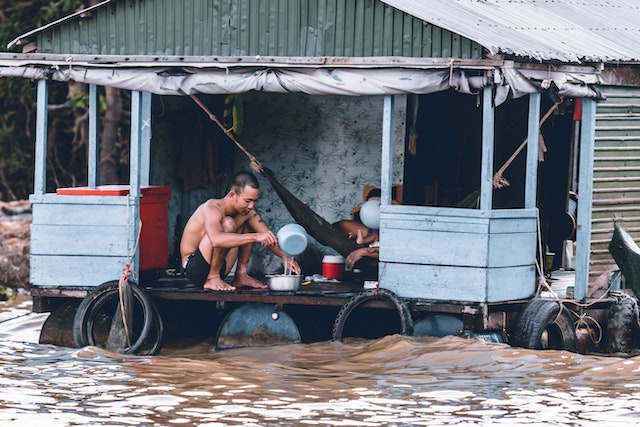Understanding how to prevent floods is an essential part of home preparation. While we can’t always stop the rain or the surface water from rising, there are several steps we can take to limit the damage. We can build sea walls and tide gates to control tidal waves. Sandbags can be placed in strategic areas to retain extra water. Finally, we can create retaining walls for extra water. We’ll discuss these steps in more detail in a later article.
Many factors contribute to floods. These include faulty sewers and inadequate drainage systems. Not only does this lead to flooding, but the water may also be contaminated, polluting groundwater. Additionally, climate change is a contributing factor to the increasing frequency and severity of flooding. Floods can disrupt the economics and daily lives of communities, and they can even result in the forced relocation of communities. If you live in a flood-prone area, you need to take proactive steps to prevent floods and protect yourself from the devastating consequences of flooding.
A house that is flood-resistant can be constructed or purchased. There are many different types of flood barriers. Some flood barriers are permanent and install around vulnerable areas. Others are temporary and respond to rising water levels automatically. A classic flood barrier is the sandbag. Sandbags are designed to hold back floodwater by absorbing the excess water, but when they get saturated, they transform into a solid barrier. These precautions are vital to preventing floods, but you may also have to pay the price.
Many flood-prone areas in the UK are surrounded by waterways, and these have to be managed. Dams and lowhead dams can prevent rivers from bursting their banks. Some people are unaware of how much power they can exert on their lives. Flood education can help protect residents from the hazards of flooding and educate them about flood-prone areas. In addition to flood prevention strategies, planting trees can protect against floods by capturing rainfall and drawing water from the soil.
Sandbags are a common flood precaution, but the cost can be prohibitive in an area with a low risk of flooding. Purchasing sandbags now is a better idea than waiting until a storm hits. Buying sandbags during the dry season is also a good way to ensure that you have them ready for an emergency. Additionally, you may want to invest in flood-resistant furniture or equipment.
When choosing a home, you must first assess the risk associated with floods. Check out the Federal Emergency Management Agency’s map of flood zones. This map shows you the risk of flooding for your property and gives you recommendations on how to prepare for it. Flood-proofing your home will save you from a disaster and will make your life easier. It’s vital to plan for flooding, because you can never be sure when it comes to natural disasters.
Green infrastructure is another important element of flood prevention. Green infrastructure, like wetlands and marshlands, gather water at the source and help prevent flooding. This is especially important in areas with heavy rainfall. Floodwaters can overwhelm drainage systems and cause bodies of water to rise. In addition, creating spaces for managed flooding, such as parks, cemeteries, and golf courses, can help reduce flood risk. In addition to green infrastructure, you should plant plenty of trees in your city. Additionally, drains must be designed to carry water.
